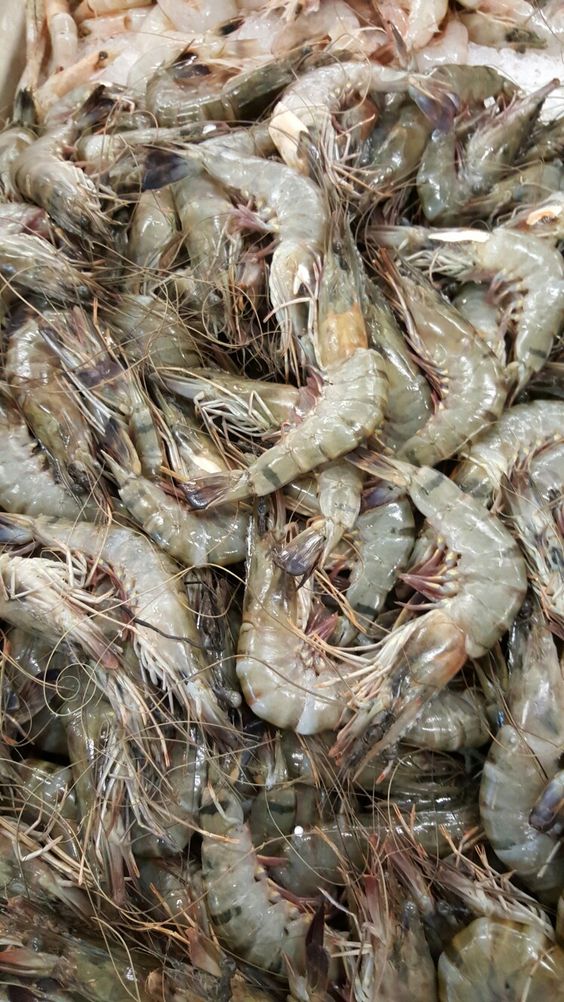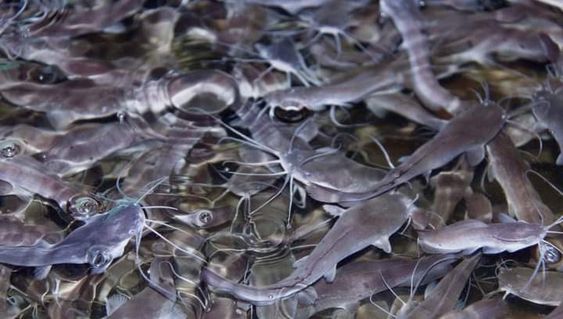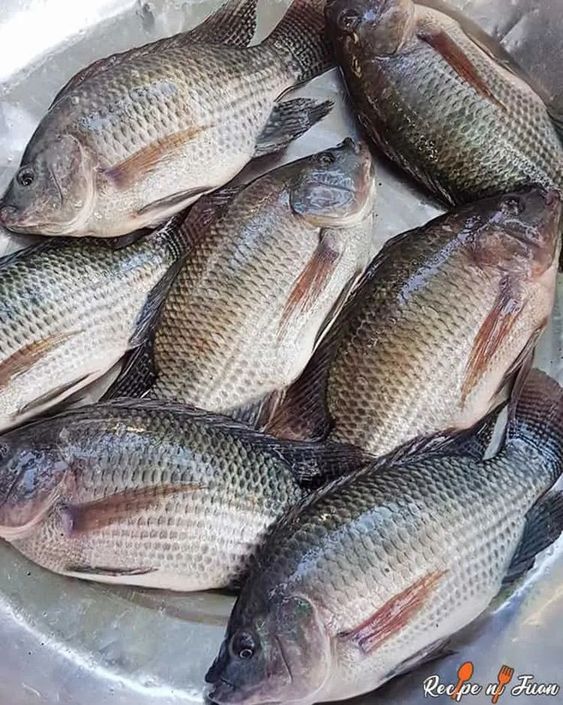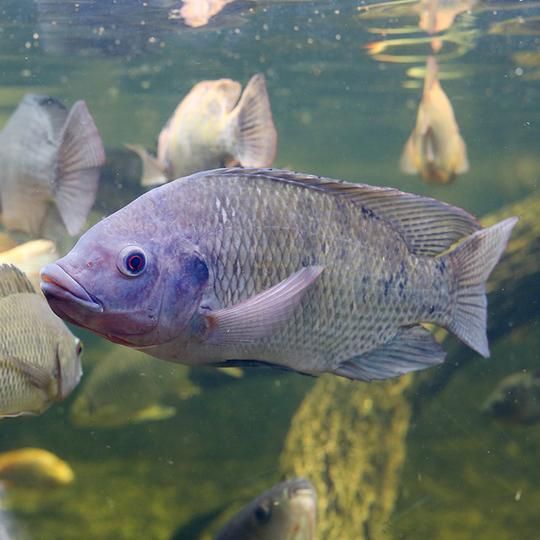Vaname Shrimp Cultivation Techniques: A Comprehensive Guide
Vaname Shrimp Cultivation Techniques, also known as Pacific white shrimp (Litopenaeus vannamei), is a commercially important species widely cultivated for its delicious taste and firm texture. Due to its fast growth rate, adaptability, and disease resistance, Vannamei shrimp has become a dominant player in the global shrimp aquaculture industry.This comprehensive guide delves into the intricacies of Vannamei shrimp cultivation techniques, equipping you with the knowledge and strategies to embark on a successful and sustainable shrimp farming venture.
Contents
Vaname Shrimp Cultivation Techniques
Shrimp aquaculture, the practice of raising shrimp in controlled environments, has emerged as a significant source of protein to meet the growing global demand for seafood. Vannamei shrimp, native to the Pacific coasts of Central and South America, thrives in warm, saline waters and is well-suited for aquaculture due to its:
- Rapid growth: Vannamei shrimp can reach marketable size within 4-6 months under optimal conditions.
- Disease resistance: Compared to other shrimp species, Vannamei shrimp exhibits higher tolerance towards certain diseases.
- Adaptability: These shrimp can adjust to a wider range of salinity and water quality parameters.
- High-quality yield: Vannamei shrimp boasts a desirable meat texture and excellent flavor, making it popular amongst consumers.
Benefits of Vaname Shrimp Cultivation Techniques
Vaname Shrimp Cultivation Techniques offers a multitude of benefits, including:
- Economic benefits: Shrimp farming can be a lucrative business, generating income for individuals and communities.
- Increased food security: Vannamei shrimp contributes significantly to global protein production, helping to address food shortages.
- Job creation: The shrimp aquaculture industry creates employment opportunities in various sectors, such as pond management, feed production, and processing.
- Efficient land use: Shrimp farming can be more efficient in land usage compared to traditional livestock production.
Objectives of Vanamei Shrimp Cultivation
The primary objectives of Vaname Shrimp Cultivation Techniques are to:
- Maximize shrimp production: The goal is to achieve high stocking densities and growth rates while maintaining water quality.
- Optimize pond management: Effective pond preparation, water quality monitoring, and disease prevention are crucial for successful cultivation.
- Produce high-quality shrimp: The focus is on ensuring healthy shrimp with desirable size, texture, and taste for market acceptance.
- Minimize environmental impact: Sustainable practices that reduce water usage, waste generation, and disease outbreaks are essential.
Vaname Shrimp Cultivation Techniques
Vaname Shrimp Cultivation Techniques involves a series of well-defined stages, each requiring meticulous attention to detail. Here’s a breakdown of the key techniques:
1. Pond Preparation
- Site selection: Choose a location with access to clean water, good drainage, and appropriate soil composition.
- Pond construction: Ensure proper pond size, depth, and watertightness. Consider incorporating aeration systems and water inlets/outlets.
- Disinfection: Eliminate potential pathogens by drying the pond completely and applying lime or other disinfectants.
- Water quality adjustment: Adjust salinity levels and other water parameters (pH, dissolved oxygen) to create a suitable environment for shrimp.
2. Seed Selection
- Source healthy fry (baby shrimp): Purchase high-quality, disease-free post-larvae (PL) from reputable hatcheries.
- Consider stocking density: The ideal number of PLs per pond depends on water quality, management practices, and desired harvest size.
- Acclimatization: Gradually introduce PLs to the pond water to minimize stress and improve survival rates.
3. Feed Management
- Select appropriate feed: Provide a balanced diet formulated specifically for Vannamei shrimp, considering their nutritional requirements at each growth stage.
- Feeding frequency and quantity: Establish a regular feeding schedule based on the stocking density and activity level of the shrimp. Avoid overfeeding, which can deteriorate water quality.
- Monitoring feed consumption: Observe shrimp feeding behavior and adjust feeding rates accordingly to prevent wastage and maintain optimal water conditions.
4. Water Quality Management
- Regular monitoring: Regularly monitor key water quality parameters such as temperature, pH, dissolved oxygen, ammonia, and nitrite levels.
- Maintaining optimal levels: Implement aeration systems, water exchange, and biofloc technology (if applicable) to maintain ideal water conditions for shrimp health and growth.
- Disease prevention: Proactive measures like maintaining good water quality, using probiotics, and minimizing stress factors can help prevent disease outbreaks.
5. Pond Management Practices
- Aeration: Ensure adequate oxygen levels throughout the pond to support shrimp respiration and prevent mortality events.
- Biofloc technology : This technique utilizes beneficial bacteria to convert organic waste from uneaten feed and shrimp waste into a food source for the shrimp, improving water quality and potentially reducing reliance on external feed sources.
- Bottom management: Regularly monitor and manage the pond bottom to prevent the buildup of organic matter, which can deteriorate water quality. Techniques include siphoning or plowing the bottom sediment.
- Predatory fish control: Manage potential predators like catfish or other fish species that can harm shrimp populations.
6. Growth Monitoring and Health Assessment
- Regular sampling: Periodically sample shrimp to assess growth rates, health status, and survival rates. This helps identify potential problems early on.
- Monitoring for diseases: Be observant of any signs of disease outbreaks, such as changes in shrimp behavior, discoloration, or lethargy. Early detection and intervention are crucial for minimizing losses.
7. Harvest Vaname Shrimp Cultivation Techniques
- Harvesting techniques: Select appropriate harvesting methods based on pond size and shrimp size. Techniques include complete draining, partial harvesting with traps, or seine nets.
- Grading and sorting: Sort harvested shrimp by size and quality for market differentiation and optimal pricing.
- Post-harvest handling: Proper handling and storage techniques are essential to maintain shrimp quality and freshness until they reach consumers.
Best Management Practices for Sustainable Vaname Shrimp Cultivation Techniques
Vaname Shrimp Cultivation Techniques practices are crucial for minimizing environmental impact and ensuring the long-term viability of the industry. Here are some key considerations:
- Water management: Minimize water usage through techniques like optimizing pond size and depth, implementing water reuse systems, and exploring biofloc technology.
- Biosecurity: Implement strict biosecurity measures to prevent the introduction of pathogens from external sources.
- Waste management: Effectively manage pond waste to prevent pollution of surrounding water bodies. Utilize biofloc technology or explore options for converting waste into usable resources like fertilizer.
- Responsible use of antibiotics and chemicals: Minimize the use of antibiotics and other chemicals to prevent the development of antibiotic resistance and maintain a healthy ecosystem.
- Maintaining healthy ecosystems: Promote healthy ecosystems around shrimp ponds by planting mangroves or maintaining buffer zones. This helps filter pollutants and provides habitat for beneficial organisms.
Vaname Shrimp Cultivation Techniques offers a promising avenue for sustainable food production and economic development. By adopting meticulous techniques, prioritizing water quality management, and implementing best management practices, shrimp farmers can ensure the success of their ventures while minimizing environmental impact. This comprehensive guide has equipped you with the foundational knowledge to embark on your Vanamei shrimp cultivation journey. Remember, continuous learning, adaptation, and a commitment to sustainable practices are key to achieving long-term success in this dynamic industry.






